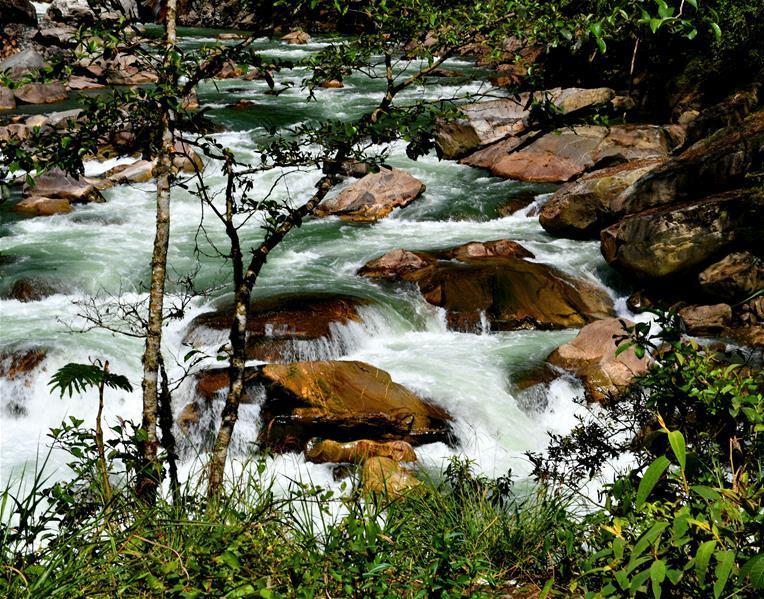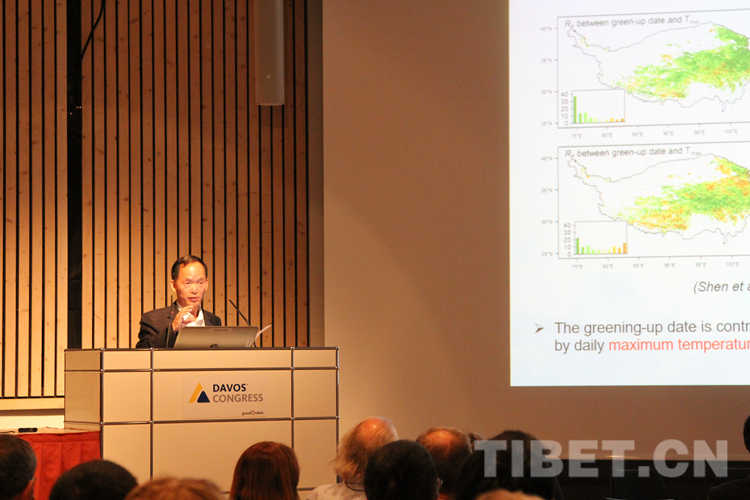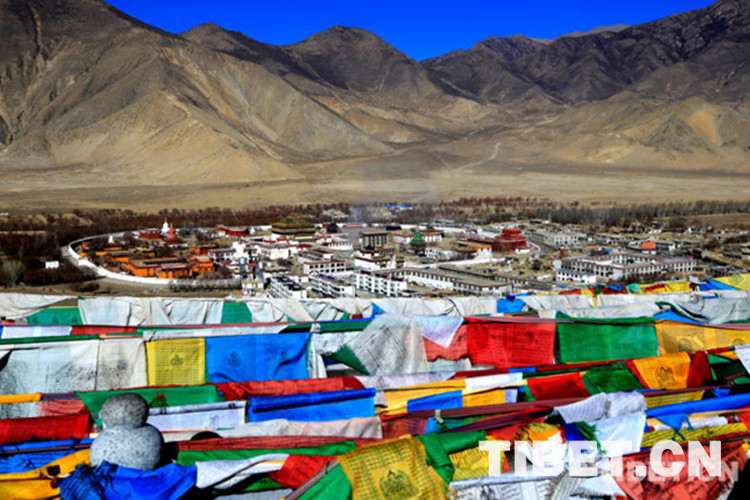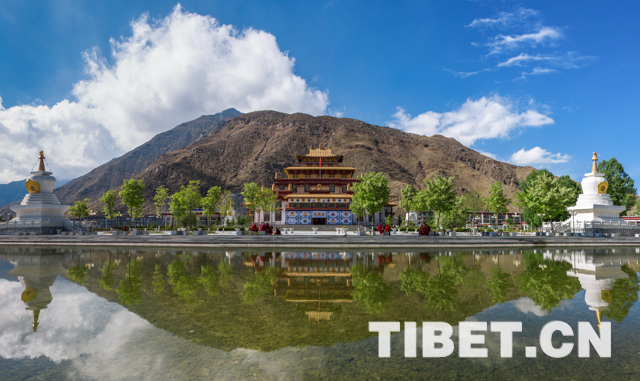Nomads' way to riches under Mt. Kangrinboqe
"There are five people in my family. Two of my sons, in their 20s, and I take the six horses of our family to carry tourists around the mountain. Last year, we earned nearly 40,000 yuan (6,047 US dollars)from this," Dawa Norbu, a nomad in his 50s, said.
Gangsha Village lies at the foot of Mt. Kangrinboqe, a holy mountain with a height of 6,656 meters. Since the beginning of the 1980s, the number of domestic and foreign tourists who come to make the kora (circumambulation) around the mountain has increased steadily. Thanks to this, more and more nomads from Gangsha Village who for generations made a living on the grasslands have begun to be involved in tourism.
For more than 30 years, Gangsha Village has relied on tourism to become well-known in Ngari Prefecture for getting richer: from initially dozens of scattered pilgrims each year to more than 100,000 pilgrims and tourists in 2017; from initially renting out a yak at 20 yuan (3.02 US dollars) a day to 240 yuan (36.28 US dollars) a day now; and for today, providing food, lodging, trekking, traveling, and shopping services to pilgrims and tourists from all over the world.
Your Comment
Name E-mailRelated News
-
-
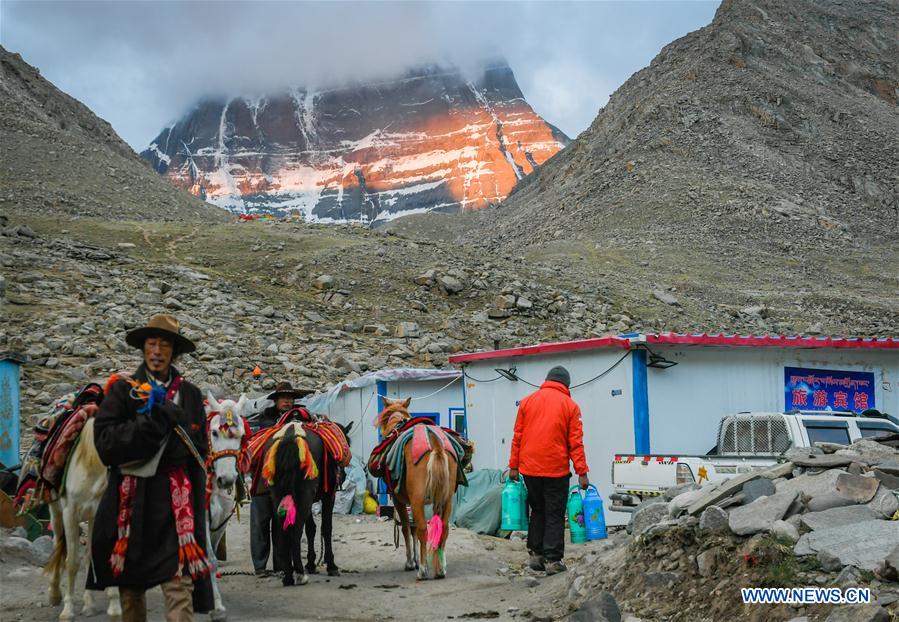
-
Scenery of Mount Kangrinboqe in China's Tibet
Photo taken on June 24, 2018 shows the Mount Kangrinboqe in Burang County of Ngari Prefecture, southwest China's Tibet Autonomous Region.
-
-
-

-
Tourism industry helps increase villagers' income in Ali Prefecture, China's Tibet
Gangsha Village is located at the foot of Mount Kangrinboqe. Since the 1980s, local farmers and herdsmen have started to receive pilgrims and tourists from home and abroad.
-
-
-

-
Tibet sets up tourism data center
Southwest China's Tibet Autonomous Region has set up a data center for tourism and traffic information, the local tourism authority said Monday.
-
-
-
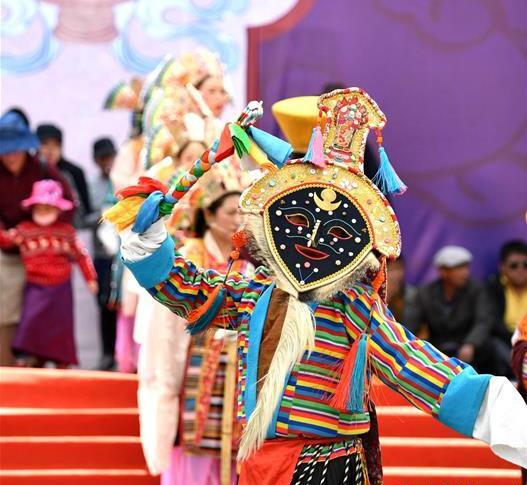
-
Tibet's tourism revenue up 41 pct in first five months
Southwest China's Tibet has seen dramatic growth in tourism revenue in the first five months this year.
-
-
-
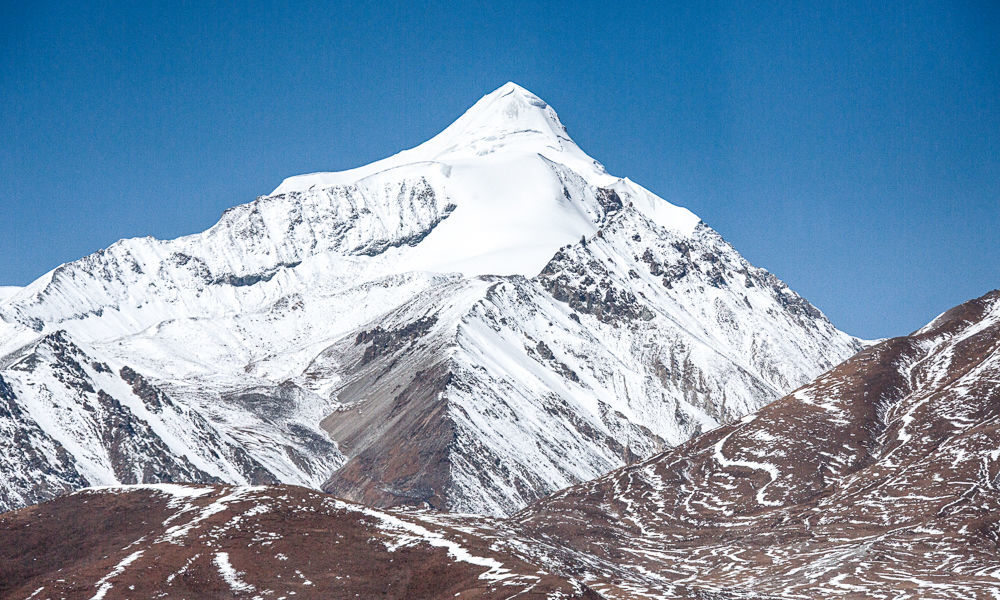
-
Tourism industry thrives in the mountains
"The Mt. Qomolangma National Park receives about 120,000 visitors a year," Dawa said. "The tourism industry has truly benefited local people here."
-


